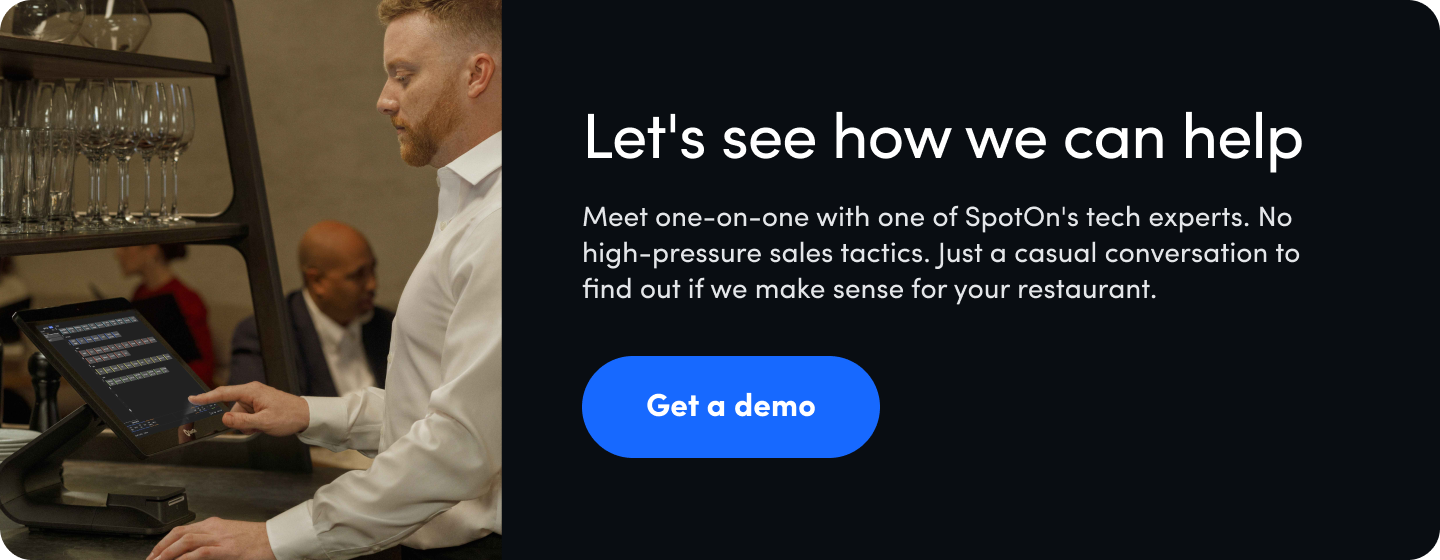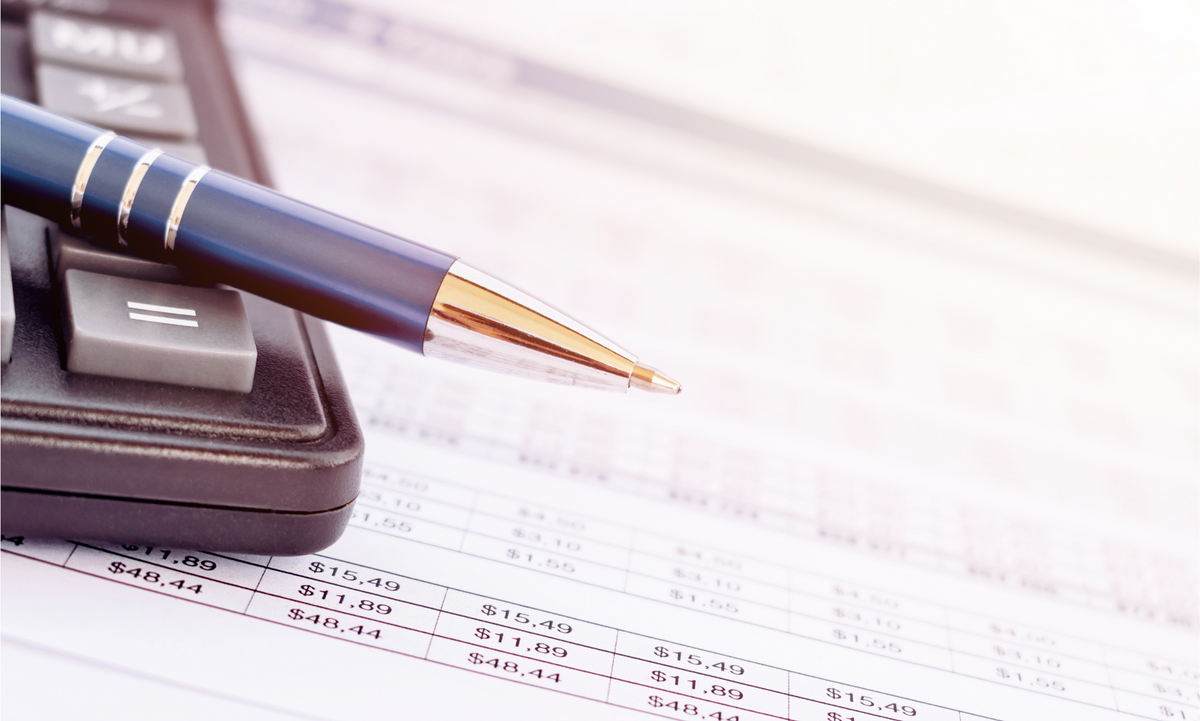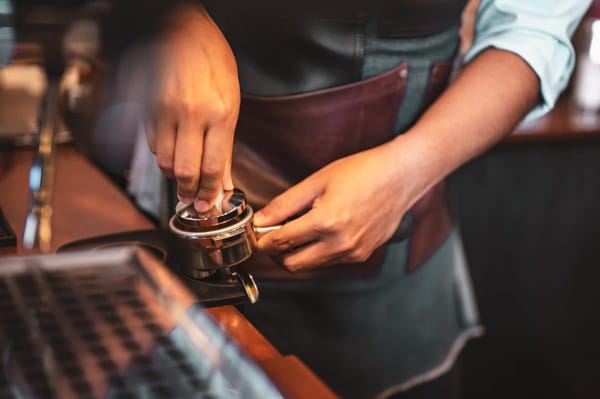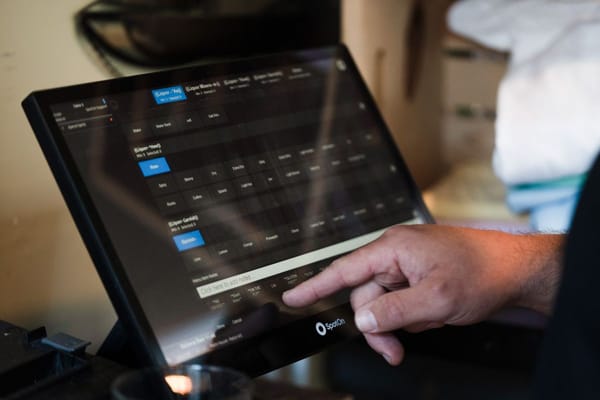Opening a new restaurant can be an exciting experience. You're building a brand and sculpting the dining experience you always wanted for guests. At the same time, it can feel a bit overwhelming if you're not prepared with the right tools. Because, let's face it, there's a lot to keep track of when opening a restaurant—from assessing the latest restaurant tech to crafting a profitable menu, hiring staff, and so much more. One common pitfall is neglecting to step back and analyze all your costs. Thankfully, there's one document that can act as your saving grace when it comes to your bottom line: the restaurant profit and loss statement.
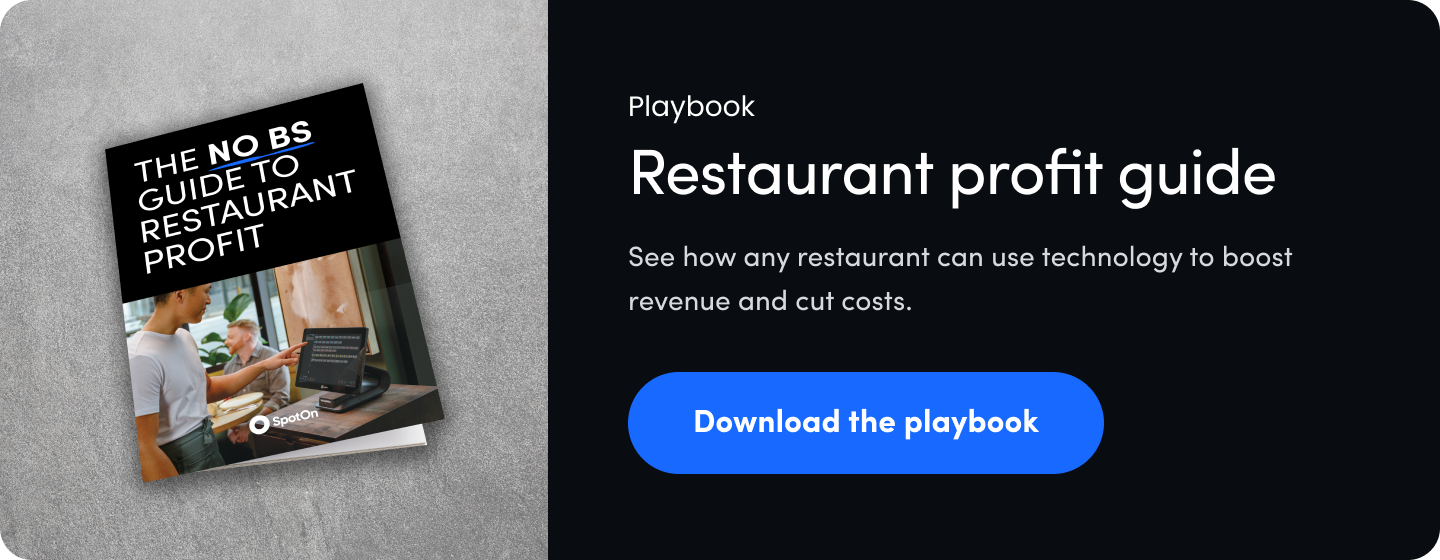
According to Forbes, all restaurant owners should view profit and loss statements, or P&L or income statements, as the best measurement for growth. That's because a P&L statement clearly illustrates a restaurant's financial strengths and weaknesses as an overall business. Restaurant managers can even use P&L statements to get a stronger sense of their restaurant's financial health for the future.
But before you jump into a lifelong friendship with this magical document, let's first look into the components that define a restaurant P&L and some tips on efficiently reading a profit and loss statement.
Table of Contents
- What is a restaurant P&L statement?
- How to prepare a profit and loss statement
- What are the parts of a restaurant income statement or P&L statement?
- How to read a restaurant profit and loss statement
What is a restaurant P&L statement?
A restaurant profit and loss statement is the total profit earned after subtracting various costs and losses during a specific period. Also commonly known as an "income statement," most restaurant P&L statements are formatted as a PDF or Excel spreadsheet, which can be completed through a profit & loss statement template.
Restaurants tend to complete a restaurant P&L statement weekly, monthly, or quarterly to get a consistent picture of their profits and losses. These short-term P&L statements are also filled alongside a yearly P&L statement, which helps restaurants get a long-term view of those trends.
What is the difference between a profit and loss statement vs. balance sheet vs. cash flow statement vs. break-even calculator?

Restaurant income statements, cash flow statements, and balance sheets are all valuable tools needed to make an informed decision on the future of your restaurant's business. Even though these three main financial statements help assess a restaurant's finances, they are often confused with one another since they ask for similar financial information.
What is a balance sheet?
Balance sheets are used to explore what a restaurant financially owns alongside what it financially owes. Investopedia notes that balance sheets measure finances at a specific moment, while restaurant P&L statements cover a designated period, such as a month or year. Balance sheets determine the restaurant's overall worth by having you calculate a list of your assets and liabilities in a single place. At the same time, a P&L statement helps determine your financial gains and losses.
What is a cash flow statement?
As the name suggests, cash flow statements show all the money sources flowing in and out of a restaurant over a period of time. While a P&L statement measures a restaurant's profitability, a cash flow statement illustrates where money is coming in and going out.
In addition to operating activities, a cash flow statement includes investing and financing activities. Combined, they provide a holistic view of a restaurant's cash management over time, but negative cash flow isn't always inadequate. For example, new restaurants and restaurant brands expanding to new locations often have negative cash flows since they're investing funds into opening new restaurants.
What is a break-even point calculator?
Calculating your restaurant's break-even point is similar to but simpler than completing a P&L statement. A break-even calculator shows you how much revenue you need to earn to make a profit. It's similar to a P&L statement but requires fewer details and doesn't give you nearly as much insight into your restaurant's financial health.
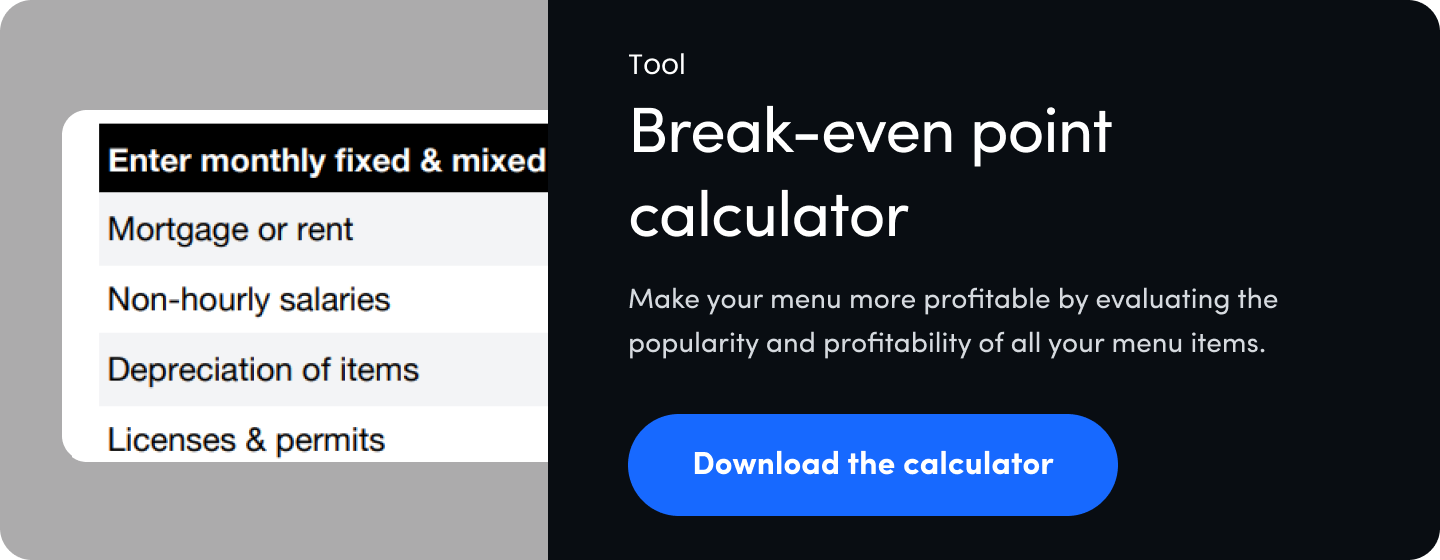
How to prepare a profit and loss statement
Anyone can download a free profit and loss income statement template to complete on their own. Still, it can be frustrating to assess your restaurant's costs without understanding the logic behind every part of a P&L statement.
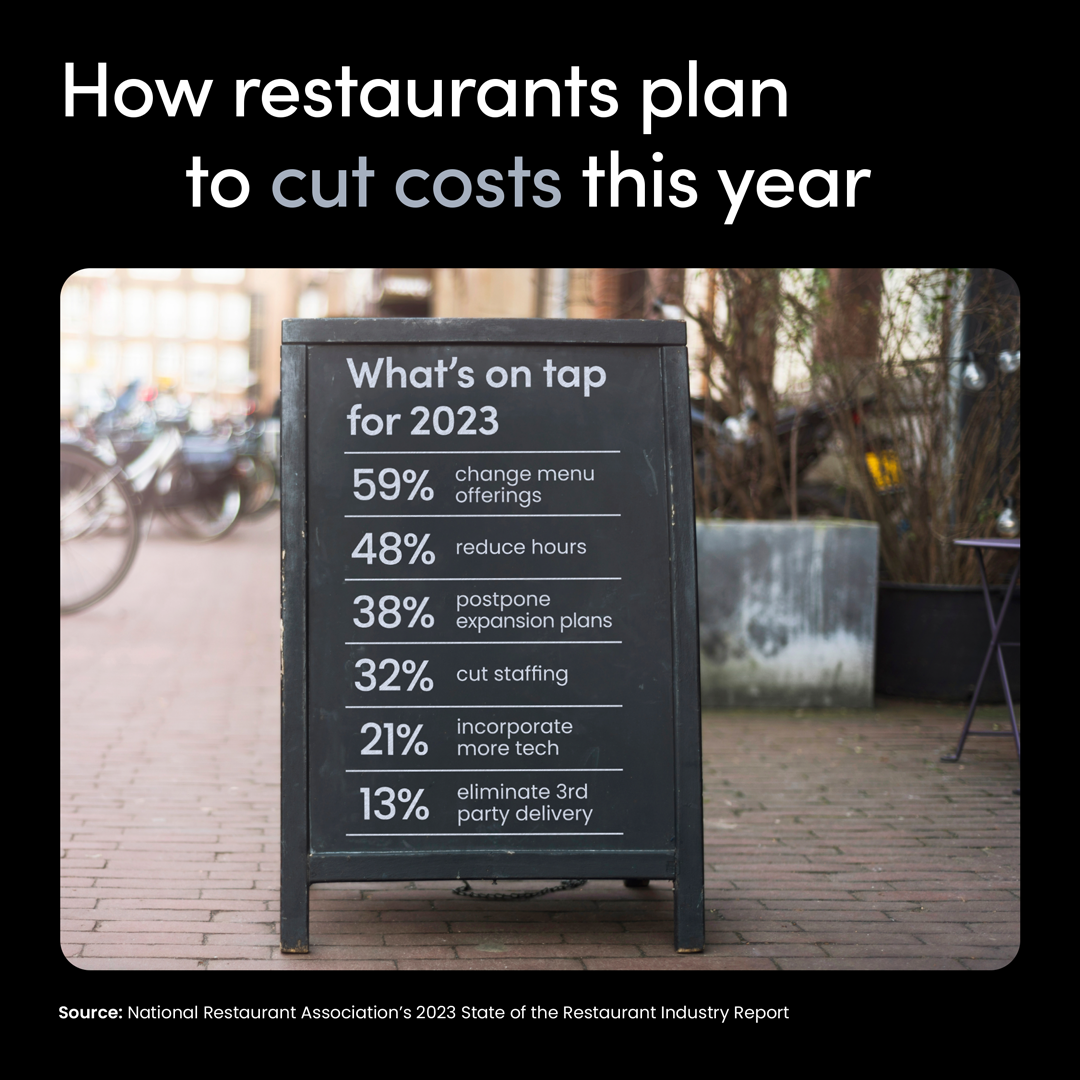
The last thing you'd want is to create a restaurant's profit and loss statement with missing information. To accurately fill in a profit and loss statement, consult your restaurant accounting software, inventory management software, restaurant payroll software, and any other paperwork to track sales data and expenses from that period, such as your restaurant's receipts and invoices.
You'll use that paperwork to calculate your net sales and total operating expenses. Since you'll also calculate your total revenue and subtract income tax later on, remember to stay organized and keep your paperwork in a single place for quick access. With a cloud-based restaurant point-of-sale system, you can make your life much easier by receiving instant data reports straight from your system to use any time of day.
What are the parts of a restaurant income statement or P&L statement?

Seven main components are typically used to create a profit and loss statement. Each part covers a specific aspect of your restaurant's finances, such as your total labor and food costs, that'll reflect your gains and losses once calculations are complete. You'll also find smaller subcategories to include in your restaurant income statement.
Before filling out a P&L statement, make sure to have a specific timeframe in mind. This can be weekly, monthly, quarterly, or annually. The timeframe you choose will dictate the sales and cost numbers you use.
Most restaurants should follow the 30/30/30 rule, meaning you should try to spend about 30% on your COGS, about 30% on labor, and about 30% on controllable expenses like rent, electricity, and internet.
Profit and loss components
- Gross sales
- Cost of goods sold (COGS)
- Labor costs
- Gross profit
- Operating expenses
- Operating income
- Net profit
1. Gross sales
For this first section, list the total amount earned from food and beverage sales alongside any other operating sales income, such as retail sales, party room rentals, or vending machine profits. To show their gross sales amount, most restaurants break those three categories into smaller categories: wine, beer, liquor, or non-alcoholic beverages.
Of course, since every business is different, you don't need to list similar items to see an accurate gross sales calculation. Just list your budgeted goal next to an actual goal for that period, then add them all up while remembering to be mindful of the different periods covered in your P&L statement. As we mentioned above, most managers track their weekly gross sales alongside monthly gross sales to find any inconsistencies and make adjustments immediately.
2. Cost of Goods Sold (COGS)
As its name suggests, your total cost of goods sold, or COGS, is what you've spent on the actual product to create the food sold in your restaurant over a specific period. In other words, it's the cost of inventory. When creating the COGS section on your restaurant P&L statement, list the same categories from your net profit section. Most COGS list the restaurant's food and beverage costs, which can be broken down into smaller categories. For food, restaurants usually list items like chicken, pork, dairy, produce, and dry goods. For drinks, restaurants list wine, liquor, keg beer, bottled beer, and non-alcoholic beverages.
Remember, the prime cost of goods sold isn't limited to your restaurant's food and beverage items. Your COGS should also cover the cost of your technology, merchandise, and any other purchases made to eventually make a profit. Some restaurants even list merchandise as their own separate line items to maintain a more accurate read on its costs.
See a boost in your restaurant profits by following these menu tricks!
To calculate your restaurant's COGS, you simply need to add the cost of your inventory at the beginning of your designated period to the amount of your purchased inventory, then subtract the cost of your inventory at the end.
Simple COGS formula & example
Here's the simple formula to calculate your cost of goods sold:
COGS = (inventory cost at the beginning of period + purchased inventory cost) - ending inventory cost
For example, let's say your starting food costs are $1,500, your purchased inventory costs are $2,700, and your ending inventory costs are $1,700. According to the formula, that would be (1,500 + 2,700) - 1,700. At the end of calculations, the COGS value would be $2,500 for your food section. The same would then be calculated for the different categories listed. Add them all together to get your total COGS for that period.
Most restaurant operators also find it helpful to convert their COGS into a percentage, otherwise known as your COGS margin ratio. To calculate your COGS margin ratio, simply divide your COGS by gross sales. This percentage helps see if a restaurant is overspending their total (meaning they lose from the net profit) or spending a healthy 20-30% of their gross profit Integratingn be automated when you integrate your POS and inventory management software can automate this entire process. For example, SpotOn Restaurant POS integrates with MarginEdge, making it easy to see real-time food costs, among other invaluable data.
3. Labor costs
The labor costs section typically covers the money spent on people working in every aspect of the restaurant. However, instead of individually listing the restaurant labor cost for your salaried and hourly employees, restaurant profit and loss statements should break down these labor costs into sections for front-of-house and back-of-house staff.
Front-of-house staff would include bartenders, servers, and hosts. Back-of-house staff would consist of line cooks and supervisors. Most restaurants even place dishwashers on their own line just to see how much they spend to accomplish specific tasks. Of course, you can also break down these two sections into smaller categories that deserve their own line items.
With these two sections, you'll better understand how much you're spending to keep the restaurant and kitchen operations running as smoothly as possible. And with the right restaurant management software, you can adjust total labor expenses by prioritizing efficiency and assurance for your restaurant staff. Thanks to simple scheduling, quick tip payouts, and more, you can sculpt the perfect employee experience, all while saving money and time.
4. Gross profit

Since you've got the numbers down for your total income revenue and COGS, you can now calculate the total amount of profit you've earned in that given period, otherwise known as your gross profit.
Gross profit formula
Calculating your restaurant gross profit is probably the easiest part of an income statement. Here's the simple formula anyone can follow:
Gross profit = gross sales - COGS
This should only take up one single line on your income statement. While it isn't necessary, some restaurants also include a gross profit margin. To calculate your gross profit margin, divide your total profit by total sales in a certain period.
5. Operating expenses
For this fourth section, you must list all the controllable expenses paid so the restaurant can function normally as a profitable business. Don't be shy and list the bare minimum for your operating costs.
Include every expense over your designated period, from the cost of implementing an online ordering system to purchasing new dining tables. Some easy examples are the cost of linens, detergent, cleaning supplies, rent, and electricity.
By accounting for every prime cost and placing them into one place, you get a good view of which expenses are justified and which aren't worth it anymore. For example, if you discover that you're spending more on kitchen repairs each month thanks to inflation, then adjust accordingly for the next month.
6. Operating income
This section calculates your restaurant's total earnings before any interest or taxation. Much like with your overall profit, finding out your restaurant's income from operations is relatively simple.
If you don't have any actual dollar amount for your COGS, you can simply subtract operating expenses from your revenue. Otherwise, subtract your operating expenses from your gross profit or follow this simple formula:
Operating income = gross profit - operating expenses
7. Net profit
The net profit, your restaurant's bottom line, should be the final section of the restaurant profit and loss statement. Your net profit shows the total growth or loss within a specific period after all other expenses and profits have been calculated. You calculate net profit by subtracting your operating expenses from gross profit.
Net profit formula
Here's the simplified formula to follow:
Net profit = gross profit - total operating expenses
Before you dive into your bottom line, don't forget to calculate depreciation and taxes, especially your payroll taxes. While it isn't necessary, some restaurant profit and loss statements include the dollar amount before and after taxes to give them extra insight into their overall financial health analysis.
How to read a restaurant profit and loss statement: 3 P&L tips and tricks

1. Heal your restaurant pain points
One main benefit to a P&L statement is its ability to display every dollar earned and spent in your restaurant. As we mentioned above, that awareness gives you a good view of everything that could hurt your ability to make a profit. For example, if your total sales aren't as high since guests aren't dining in as much, you can set up an online ordering system as a practical alternative.
With an online ordering system, Blue Barn successfully transitioned 50% of their business to commission-free online ordering while streamlining operations for $3,600 in monthly labor savings. They needed to step back, examine the data, and crunch the numbers.
2. Find & adjust unnecessary operating expenses
You'd be surprised how most operating expenses are overlooked when you're rushing to run a restaurant. By completing a restaurant profit & loss analysis at the end of a quarter or month, you can approach those operating expenses with a clearer sense of their overall prime cost.

For example, as a restaurant owner, are you suddenly aware you're spending too much on per-cover fees through a third-party reservation platform? An online reservation system helps save money by syncing its reporting analytics into your restaurant's point-of-sale system. With a contemporary reservation solution, you'll ease your restaurant staff's workload while bringing in more guests looking for a bite.
3. Enhance the restaurant dining experience
Now that you've seen your pain points and all those unnecessary operating expenses, you can use a profit and loss statement to develop and grow your restaurant in ways previously unimagined. Of course, that type of change isn't easy and won't happen overnight. However, you'd be surprised how treating a profit and loss statement as a thermometer will help you gauge your restaurant's experience with the exact breathing room needed for future growth.
That's how SpotOn Client Momoya managed to perfect the dining experience for their guests, all while seeing a boost to their profits. By having all the data in one place to examine and analyze, Momoya noticed it took longer to take orders from their outdoor seating area. The solution? Momoya decided to give handheld POS devices to their servers to help them cover more tables and turn those tables faster. As a result, the restaurant saw a 10% increase in daily orders alongside a 4% boost in tips for their servers.
The P&L statement can be the most essential tool in your toolbox to analyze and improve your bottom line. Just don't forget to keep your past P&L statements on hand in case you need another reference for your growth, alongside the usual reports and data you can receive directly from your restaurant point-of-sale system.
